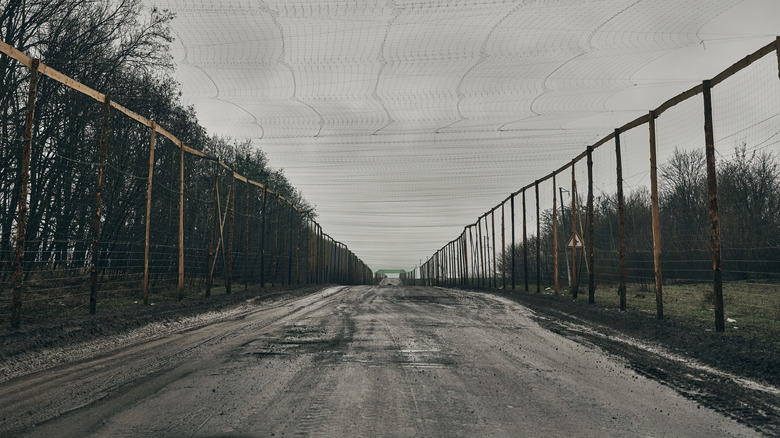How Ukrainian & Russian Militaries Combat Jam-Resistant Fiber Optic Drones, Explained
The war between Ukraine and Russia has become a testing ground for some of the most advanced and rapidly evolving military tech in recent history. In 2024, the skies were filled with FPV (first person view) drones that relied on radio signals. But in 2025, everything changed. Now, both sides are turning to new types of fighter drones, which are far harder to jam — fiber-optic drones, to be specific. In the current war, these drones are changing how soldiers move, hide, and even survive on the battlefield.
Unlike regular FPV drones, fiber-optic drones are connected to the operator with a long spool of ultra-thin cable. This cable stretches around 10 to 20 kilometers, and unspools as the drone flies, giving it a direct, uninterrupted line of communication. That makes it immune to electronic jamming, which means electronic warfare tools that once grounded drones are now useless against this tech. And for troops on the ground, that's a huge shift.
How these drones work and why they matter on the field?
Fiber-optic drones work like a flying wired camera. The cable transmits video and control signals, so there's no radio frequency to disrupt. That makes them ideal for urban warfare, forests, or bunkers. Basically, they are perfect for places where radio drones often lose signal. These drones can fly through open windows or down tight alleys, staying connected the whole time. Russia was the first to deploy them in 2024 with the Prince Vandal drone, using them in Kursk to target Ukrainian supply routes.
However, Ukraine quickly followed suit. Units like the Azov Brigade and Achilles Regiment now use them regularly, and the locally made "Silkworm" spool has become the backbone of many missions. But, this switch hasn't been easy. Pilots need special training, and setting up the spools takes more time. Scaling production is another challenge, especially when many components still come from China.
Jam-resistant fiber-optic drones have their own limitations
Setting aside all the advantages of fibe-roptic drones, they aren't unbeatable. Because they need to carry a spool of cable, they tend to be heavier and slower, making them easier targets. The cable can also reflect sunlight, which reveals the drone's path and exposes the operator's position. Both sides have learned to shoot down drones or trap them with nets. In fact, long tunnel nets now stretch over roads in frontline areas, hoping to snag drone cables mid-flight. Still, some drones simply fly low and avoid them.
Interestingly, Ukraine is also slowly adapting to AI-powered drones. These new models can keep tracking even if the signal is jammed, thanks to onboard vision tools. Startups like Huless and Auterion are pushing hard to reduce dependency on fiber. But for now, fiber-optic drones remain an essential part of their daily missions, doing all the vital jobs like watching roads, striking vehicles, and slipping into places that were once unreachable. Military commanders believe 2025 is the "year of the fiber drone." And according to the Ukrainian officers like Kyrylo Veres, the current goal is to increase their range even further, with some spools already reaching beyond 20 km.


